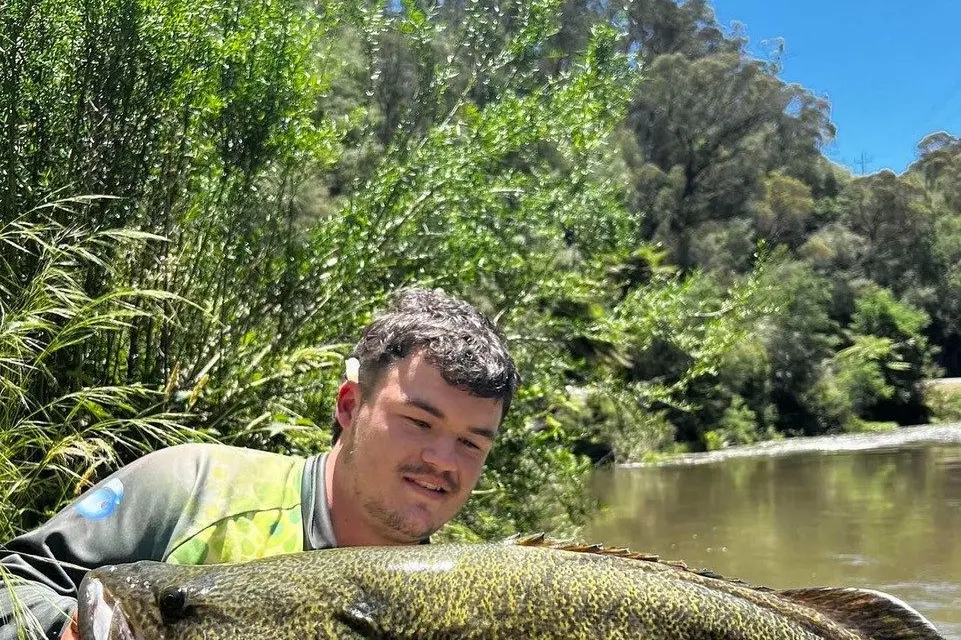PHOTO
LAKE Eildon and its surrounding rivers, including the Goulburn and Delatite, offer exceptional freshwater fishing opportunities.
Whether targeting Murray cod, Yellow belly, trout, or redfin, anglers often debate the effectiveness of live bait versus artificial lures.
Both methods have distinct advantages and challenges depending on the target species, water conditions, and personal preferences.
Pros:
Realistic Appeal: Live bait, such as worms, yabbies, and mud eye, provides a natural scent and movement, making it irresistible to most species.
For instance, Yellow Belly in Lake Eildon are particularly attracted to live yabbies presented near submerged structures.
Versatility: Live bait works well in various conditions.
In the surrounding rivers, drifting worms in the current often yield excellent results for trout and redfin.
Ease of Use: For beginners or casual anglers, live bait often requires less technique compared to casting and retrieving lures.
Seasonal Advantage: During colder months or after rain events, fish tend to be more sluggish.
Live bait can entice bites when fish are less inclined to chase lures.
Cons:
Availability: Sourcing quality live bait can be time-consuming.
Collecting yabbies or catching mud eye in the wild requires effort, while store-bought options might not always be fresh.
Handling Challenges: Keeping bait alive and lively requires proper storage, especially during warmer weather.
Selective Targeting: While live bait can attract more bites, it often lacks the precision to specifically target larger trophy fish, which may be more discerning.
Lures: Pros and Cons
Pros:
Wide Selection: Lures come in various types—hard bodies, soft plastics, spinners, and surface lures—allowing anglers to experiment with presentations.
For Murray cod in Lake Eildon, large surface lures or deep-diving crank baits are effective around structure.
Reusability: Unlike live bait, lures can be used repeatedly, making them cost-effective in the long run.
Targeted Fishing: Lures allow for active fishing techniques like trolling, casting, and jigging, which can be more engaging and effective in specific conditions.
Environmentally Friendly: Lures reduce the risk of introducing non-native species or diseases compared to live bait.
Cons:
Learning Curve: Successful lure fishing often requires more skill, including the ability to match lure type, colour, and action to the fish's behaviour.
Initial Cost: While reusable, quality lures can be expensive and susceptible to snagging in Lake Eildon’s submerged timber or river rocks.
Activity-Dependent: Lures rely on active fish willing to chase, which can be a disadvantage during cold snaps or high water flows when fish are less aggressive.





